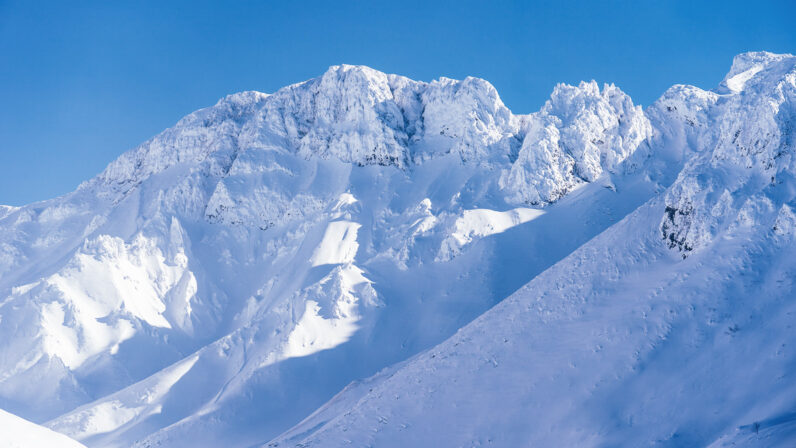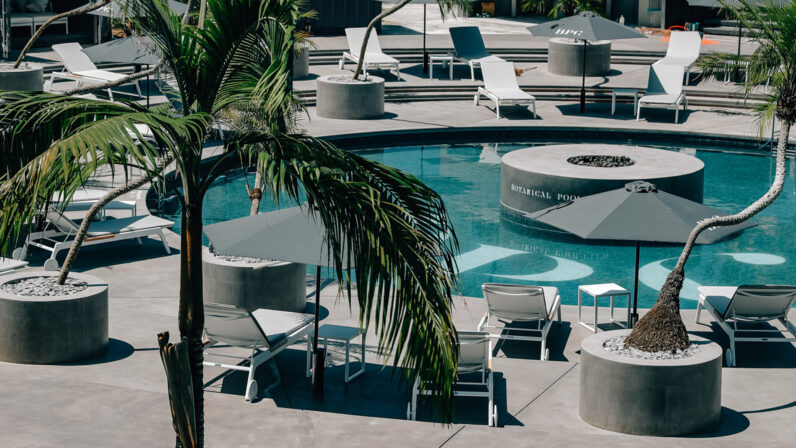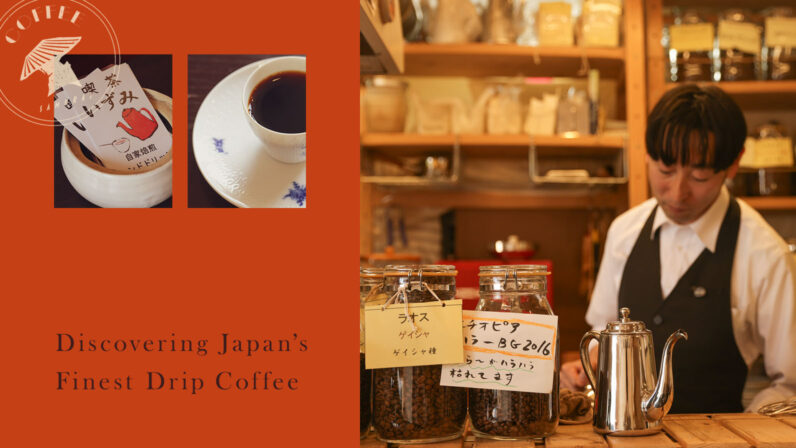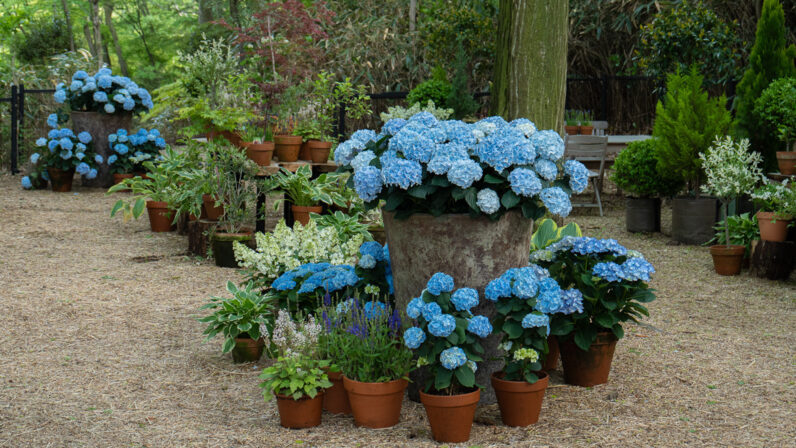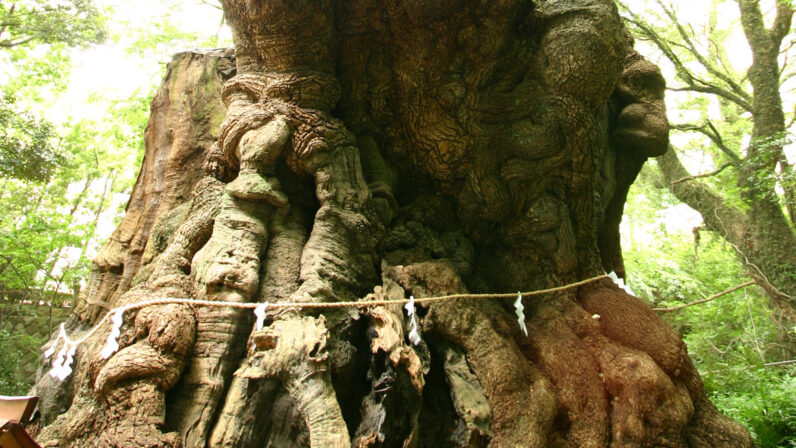At The Sumida Hokusai Museum, a special exhibition called ‘Hokusai and the Samurai World’ will run from December 14, 2023 (Thursday), to February 25, 2024 (Sunday).
This exhibition invites visitors to immerse themselves in the Samurai imagery of the Edo period, featuring ukiyo-e artworks crafted by the renowned artist Katsushika Hokusai (1760-1849) and his disciples. The exhibition will also display artifacts from the Japanese Sword Museum’s collection such as swords,including a Taichi sword made and inscribed by Nobufusa Saku. In addition to marveling at the artworks, attendees can compare the artifacts to their artistic depictions for a deeper exploration and appreciation of Hokusai’s artistry.
There are a total of 171 exhibited pieces which will be displayed over the exhibition’s two terms (comprising 168 ukiyo-e artworks and 3 swords), organized into the following three chapters.
Chapter 1: Images of Samurai
Though we often use the term ‘samurai’ broadly, the history of the warrior class stretches across about 700 years, from the late Heian period to the downfall of the Edo Shogunate. Naturally, the roles expected of samurai evolved with the changing times. In Chapter 1, you can observe the differences in the lives of Samurais by comparing artworks. Pieces depicting samurai during the peaceful Edo period, the era of Hokusai and his disciples, are contrasted with artworks showcasing samurai as key figures and wielders of military power in the chaos of earlier times.
Samurai in the heart of Edo City

Katsushika Hokusai
Models for Letter Writing, Illustrated
The Sumida Hokusai Museum (Permanent Collection)
Traveling Samurai

Katsushika Hokusai
Mount Fuji seen in the Distance from Senju Pleasure Quarter, from the series Thirty-six Views of Mount Fuji
The Sumida Hokusai Museum (all term*)
*This work will be replaced by another with the same title halfway through the exhibition.
Chapter 2: On the Battlefield
Drawing inspiration from historical events during the Edo period, Hokusai and his contemporaries depicted actual battles as well as scenes created as illustrations for stories, including novels and popular literature of that time. The exhibition also explores artworks portraying samurai engaging with supernatural entities as samurai were believed to ward off evil spirits.
Visitors will be captivated by the vivid and dynamic depictions of samurai battles, showcasing bold color palettes, compelling compositions, and an overall sense of action.
Ukiyo-e Warrior Print Series



1st image : Kamakura no Gongorō Kagemasa and Torinoumi Yasaburō Yasunori (1st Term)
2nd image : Kusunoki Tamonmaru Masashige and Yao no Bettō Tsunehisa (1st Term)
3rd image : Onikojima Yataro and Saihoin Akabozu (2nd Term)
All by Katsushika Hokusai, The Sumida Hokusai Museum Collection
*This work will be replaced by another with the same title halfway through the exhibition.
Incidents in the Edo Period – The 47 Ronin (Chūshingura)

Katsushika Hokusai
Act Ⅺ, from the series Treasury of Loyal Retainers (1st term)
The Sumida Hokusai Museum
Chapter 3: Samurai Weapons
The exhibition showcases artworks depicting symbolic Samurai items such as swords and bows, along with weapons like spears (yari) and firearms, as well as armor. The collection includes artwork related to swords, featuring depictions of swordsmiths, designs of swords by Hokusai’s disciples, and insights into actual swords and spears. Be sure to check out the informative explanations by curators from the Japanese Sword Museum.
Visitors can take the opportunity to compare the depicted swords and spears with the real artifacts, which is sure to enhance the admiration for Hokusai’s artistic prowess.
-1024x301.jpg)
Tachi signed NOBUFUSA saku (Important Cultural Property)
Housed at The Japanese Sword Museum (all term)
Furthermore, a noteworthy display includes the Katana inscribed Tsuda Echizen-no-kami Sukehiro, featuring a distinctive wave pattern known as ‘Tōranba,’ alongside Hokusai’s iconic masterpiece Thirty-Six Views of Mount Fuji – Under the Wave off Kanagawa. Both created during the Edo period, these pieces beautifully capture the dynamic movement of waves.
-1024x345.jpg)
Katana signed Tsuda Echizen-no-kami SUKEHIRO / Enpō 9 nen 8 gatsujitsu
Housed at The Japanese Sword Museum collection (all term)

Katsushika Hokusai
Under the Wave off Kanagawa, from the series Thirty-six Views of Mount Fuji.
Held at the Sumida Hokusai Museum (all term)
The exhibition provides insights not just into ukiyo-e but also offers a glimpse into the world of samurai, swords, and more. It’s a unique opportunity for an exploration across three distinct aspects of the samurai through an artistic perspective, all in a single visit. It’s a journey that will invoke a deeper appreciation for Hokusai’s work and is an experience not to be missed.
Special Exhibition: "Hokusai and the Samurai World"
Venue: The Sumida Hokusai Museum 3rd floor special exhibition room, 4th floor special exhibition room
Exhibition Period: December 14, 2023 - February 25, 2024
(*Some exhibits will be changed between the first and second term)
First Term: December 14, 2023 - January 21, 2024
Second Term: January 23, 2024 - February 25, 2024
Open: Tuesday - Sunday (Except January 4, January 9, February 13)
Opening hours: 9:30-17:30 (Admission until 17:00)
Closed: Every Monday (Except January 8, February 12), January 4th (Thursday), January 9th (Tuesday), February 13th (Tuesday), and Year-end holidays (December 29 - January 1)
*If Monday is a public holiday, open Monday and closed the following Tuesday.
Admission fees:
1,200 yen for adults
900 yen for high school and university students
900 yen for those over 65
400 yen for junior high school students
400 yen for people with disabilities,
free for elementary school students and under
Website: https://hokusai-museum.jp/modules/Exhibition/?lang=en

